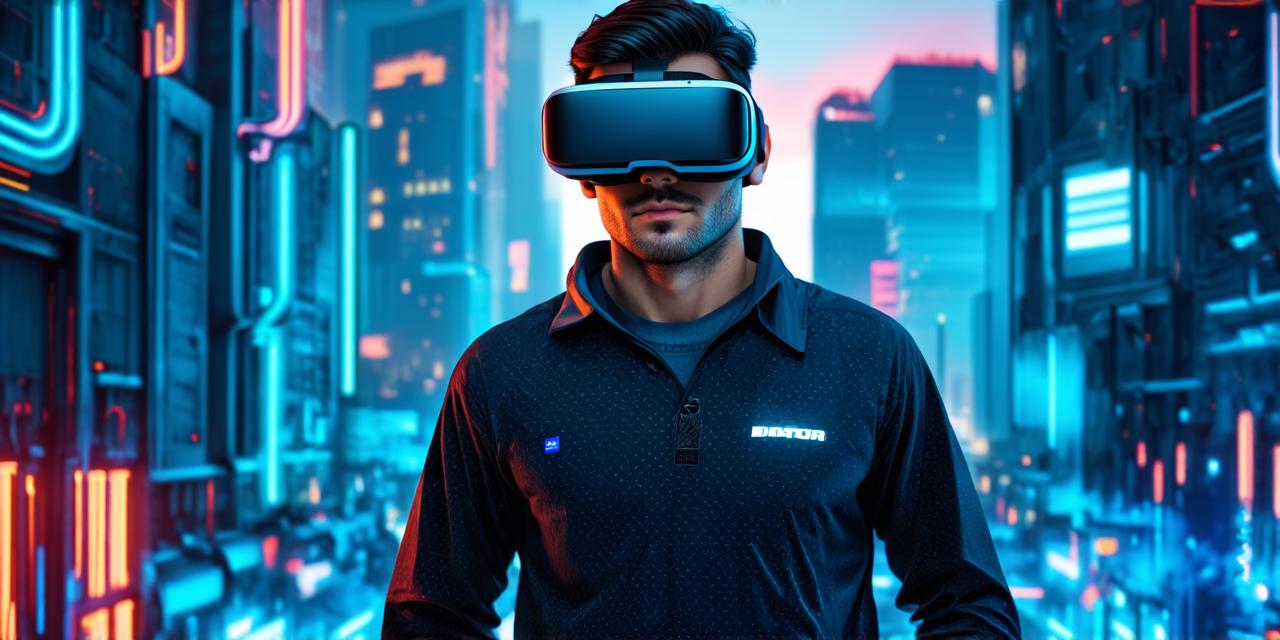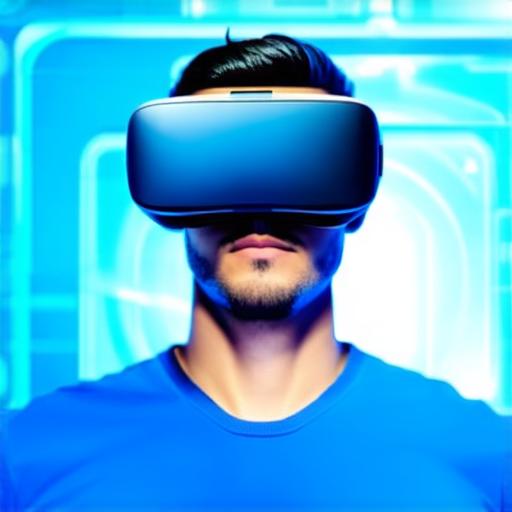
Why virtual reality is the future
Virtual reality (VR) is a highly immersive technology that has been around for decades. However, it wasn’t until the advent of powerful computers and affordable sensors that VR became accessible to everyday users.
Now, VR technology is advancing at an incredible pace, and many experts predict that it will become an integral part of our daily lives in the near future.
What is Virtual Reality?
Virtual reality is a computer-generated simulation of a 3D environment that can be experienced through a headset or other sensory devices. The idea behind VR is to create an immersive experience that feels as if you are actually present in the simulated environment.
This technology has already found applications in gaming, entertainment, and education, but its potential goes far beyond these areas.
Virtual reality has the ability to capture people’s attention and keep them coming back for more. As virtual reality technology continues to improve, it is likely that we will see even more immersive and interactive experiences that will keep us engaged for longer periods of time. Some experts predict that VR could become as commonplace as smartphones and computers are today.
One of the key drivers of VR adoption is its potential to improve safety and reduce costs in a variety of industries. By simulating real-life scenarios, VR can help to reduce the risk of accidents and injuries, while also saving time and money by allowing people to practice their skills without putting themselves or others at risk.
This technology has the potential to democratize access to technology and level the playing field for businesses of all sizes.
Virtual reality also has the potential to revolutionize the way we conduct meetings and collaborate with others. Imagine being able to attend a meeting from anywhere in the world, or to interact with colleagues in a virtual environment that feels more like being in the same room. This could help to reduce travel costs and increase productivity.
Virtual reality can also be used to give real estate buyers and sellers a better understanding of properties. By providing a virtual tour of a property, buyers can get a sense of the space before making an offer, which could save time and money for both parties.
Virtual reality technology has already found applications in gaming and entertainment. However, its potential goes far beyond these areas. For example, virtual reality can be used to train doctors and nurses in medical procedures, providing them with a safe environment to practice their skills without risking patient safety.
Virtual reality can also be used in training and simulation for industries such as aviation, manufacturing, and more.
Virtual reality technology can also be used to create immersive advertising and marketing campaigns. By creating virtual environments that are engaging and interactive, companies can showcase their products and services in a more effective way than traditional advertising methods. This technology has the potential to increase brand awareness and drive sales.

One of the most promising applications of VR is in medical training. By simulating real-life medical procedures in a virtual environment, doctors and nurses can practice their skills without risking patient safety. This could help to reduce medical errors and improve patient outcomes.
Virtual reality can also be used in education. By providing students with virtual field trips, they can explore different parts of the world without leaving their classrooms. Virtual reality can also be used to create immersive learning experiences that are engaging and interactive. This technology has the potential to make learning more fun and effective for students.
In conclusion, virtual reality is a highly engaging and promising technology that has the potential to revolutionize a wide range of industries. From medical training to advertising and marketing, virtual reality is poised to become an integral part of our daily lives in the near future. As virtual reality technology continues to advance, we can expect to see even more innovative applications of VR that will continue to capture people’s imagination and change the way we live, work, and play.


